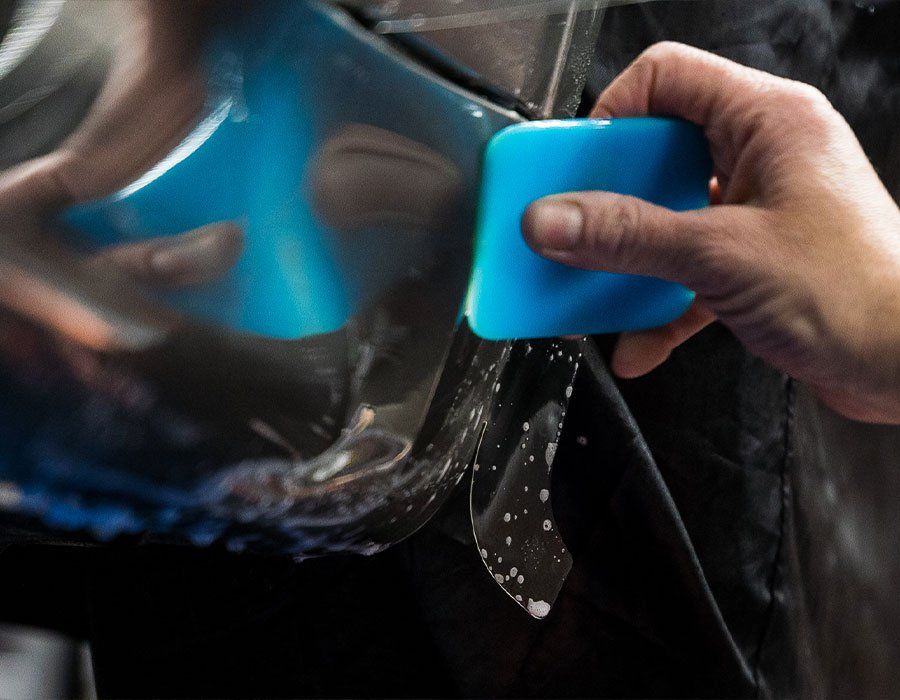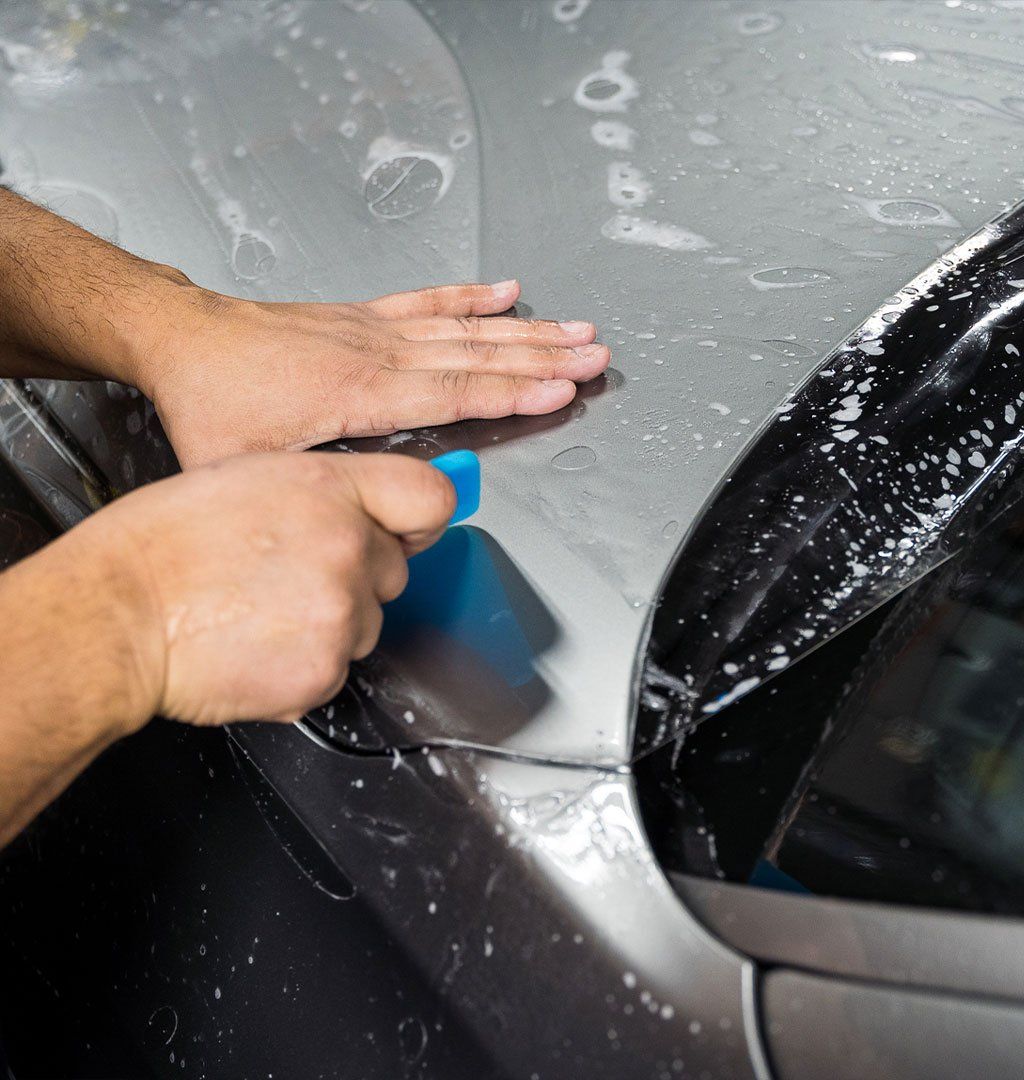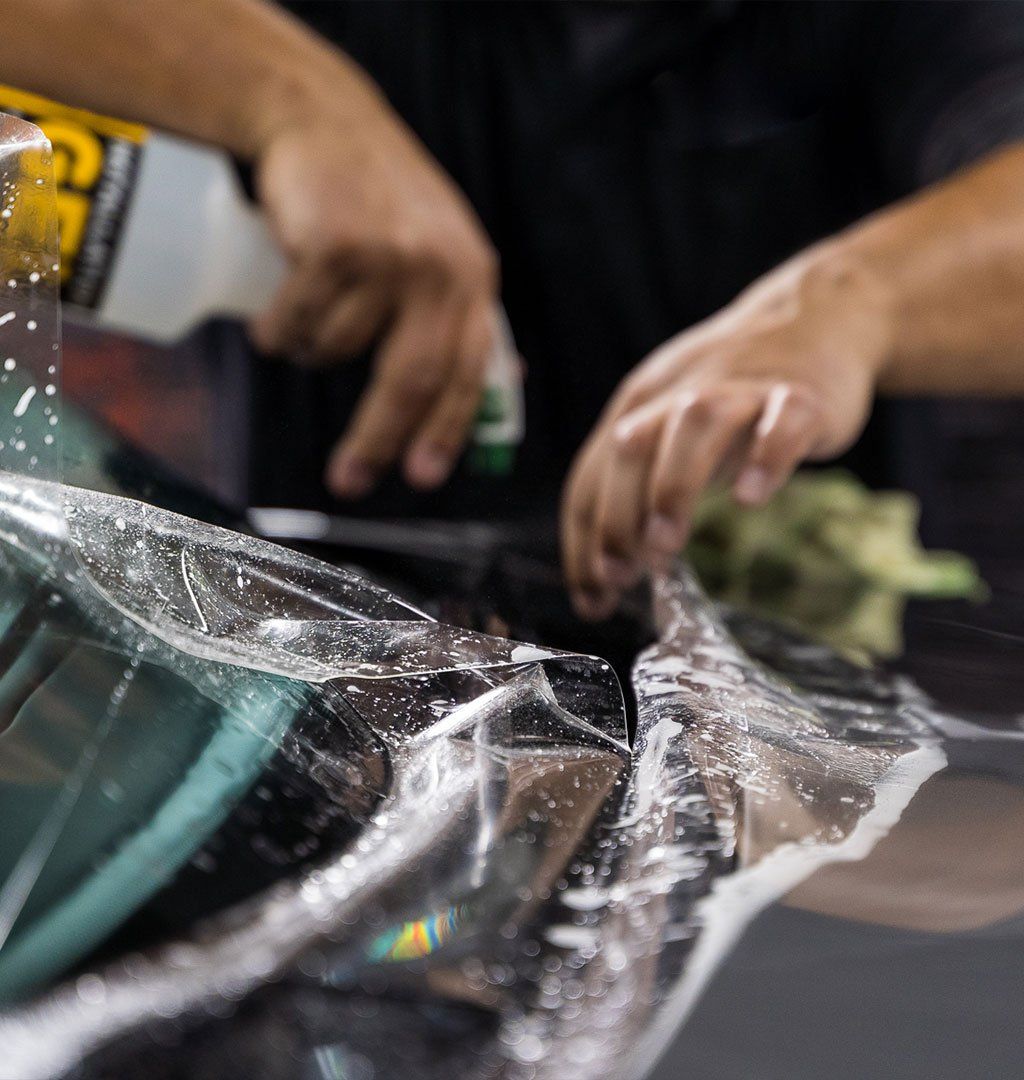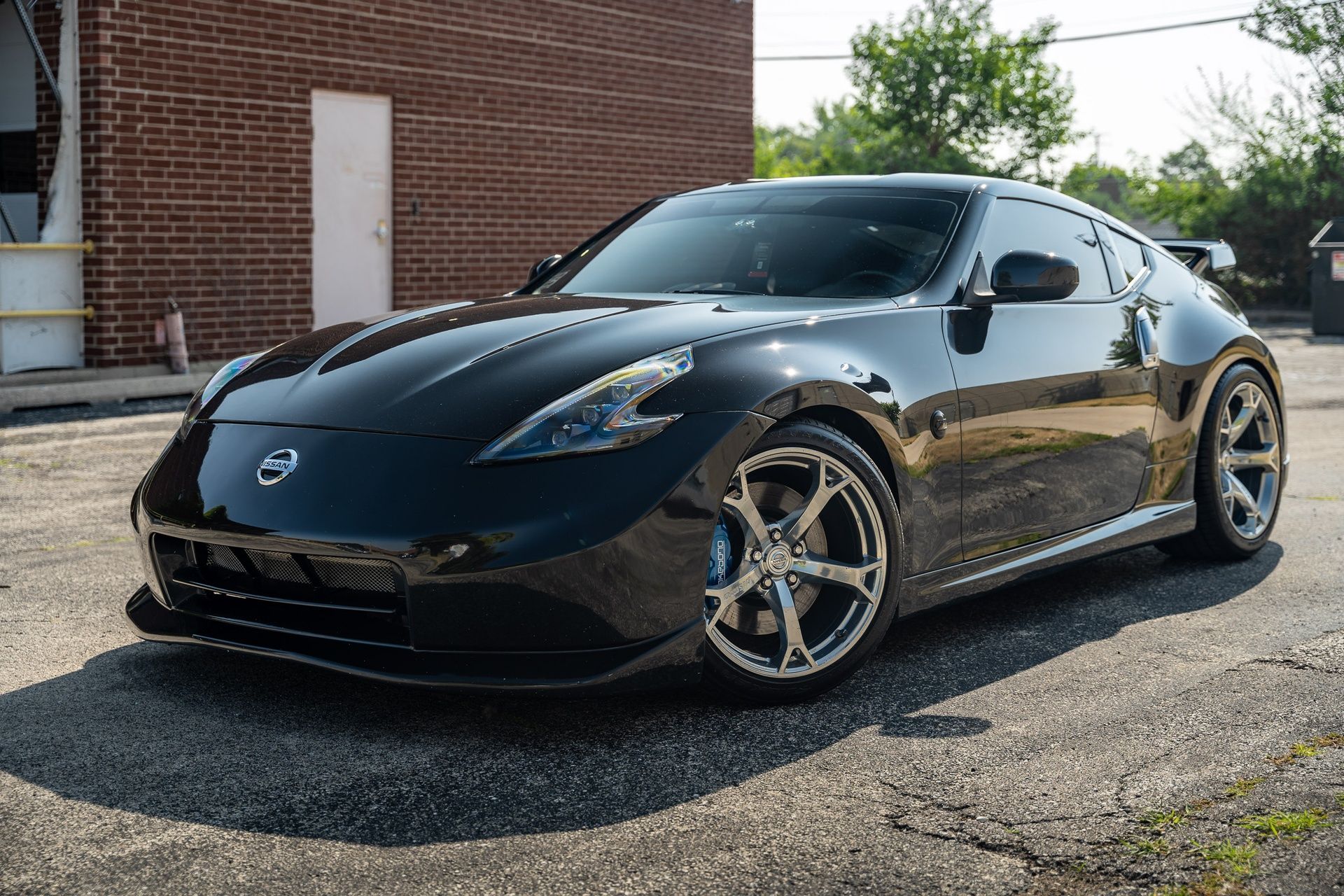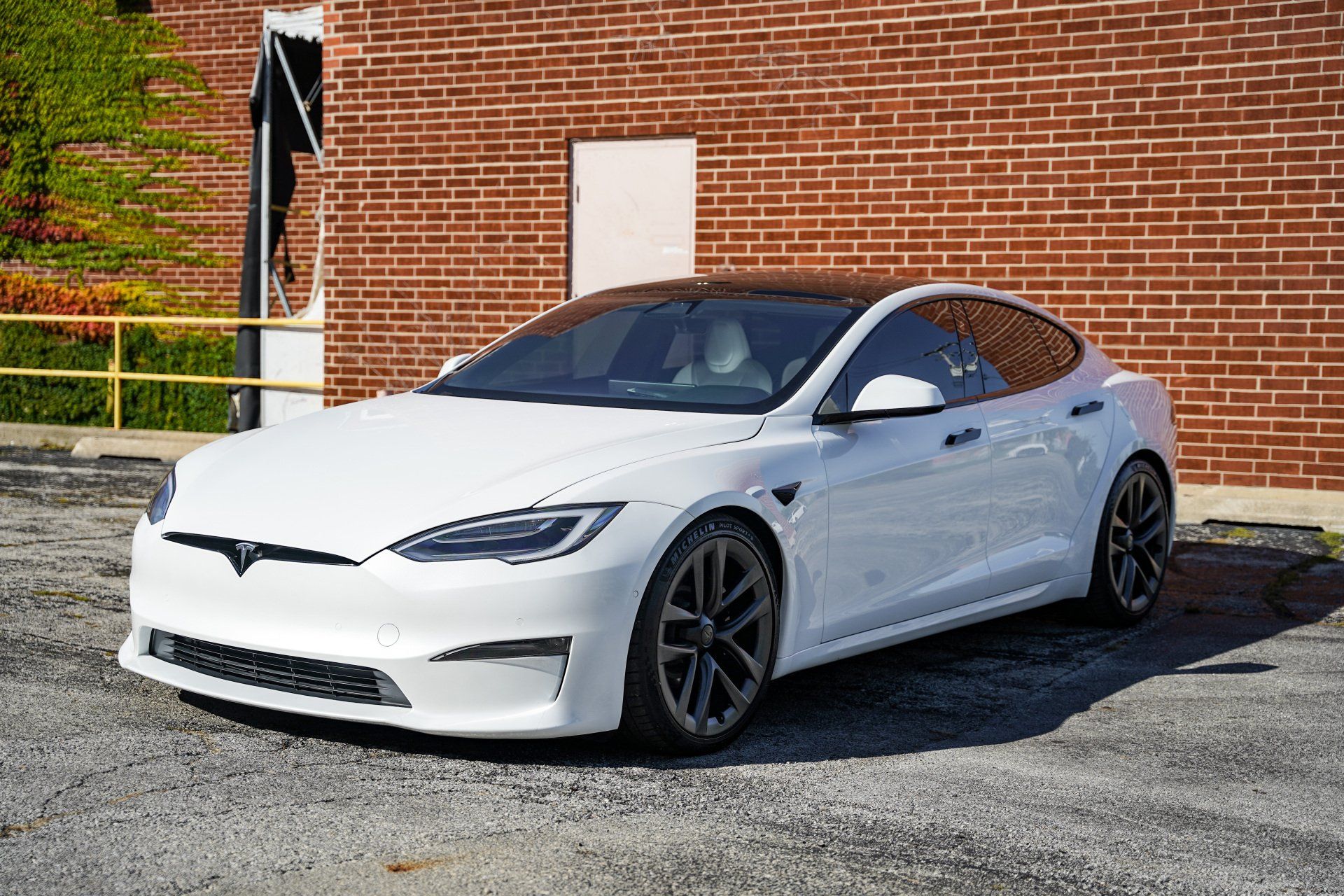By SEO Team
•
January 27, 2025
If you've ever seen a car covered in paint protection film (PPF) and wondered how to avoid those pesky visible edges, you’re not alone. Many drivers want their vehicle's surface to look flawless while being protected from scratches and chips. The good news is that professionals have honed techniques to ensure PPF applications are seamless. Through years of experience and the right tools, they’ve discovered methods that guarantee a smooth, clean finish that makes your car’s body shine. In this article, we’ll dive into the secrets that experts use to achieve invisible edges, ensuring your vehicle looks as good as new for years to come. Professionals avoid visible edges in PPF applications by using custom-cut films that are designed to wrap around vehicle contours, thereby minimizing the appearance of seams. Additionally, they utilize specialized tools like heat guns and precise installation techniques that help ensure smooth transitions and optimal adhesion between film sections. Advanced Techniques for Invisible Edges One such technique is known as tucking and wrapping. This process revolves around wrapping the PPF around vulnerable edges like corners and wheel wells. When professionals tackle this task, they don’t just rely on brute strength; they utilize a heat gun to carefully warm the film. This heating makes the material softer, allowing it to become malleable enough to stretch, tuck, and adhere around tricky edges without creating unsightly creases or bubbles. To visualize this, think about how a skilled tailor pulls fabric snugly over a contour—it’s much like that! For example, while working on a sedan, installers place special emphasis on areas like the front bumper and the edges of the hood. Typically, they’ll tuck the film roughly 1/4 inch beneath adjoining panels, ensuring a clean and tidy look that seems almost effortless. From tucking and wrapping, we move to another sophisticated method used in professional applications: the floating technique. The floating technique centers on precision. Instead of affixing the film directly onto the surface right away, installers first lay it upon a lubricated surface—often using a specialized solution that allows movement. This initial positioning fosters minor adjustments to achieve perfect alignment before any commitment is made. Such meticulous adjustment is vital for achieving that sought-after seamless appearance, as even a tiny misalignment can result in visible lines—something everyone wants to avoid in a quality PPF application. By mastering tucking and wrapping alongside the floating technique, you ensure not only protection but an aesthetic finish that enhances your vehicle’s appeal while safeguarding its paint against wear and tear. Precise Trimming and Cutting Methods The skill of cutting and trimming PPF distinguishes an expert from an amateur. A professional understands that precision in every cut impacts not just the appearance but also the longevity of the film. To begin with, one essential tool in a professional's arsenal is a high-quality plotter machine. These machines have revolutionized the way PPF is applied; they are pre-programmed with hundreds of vehicle templates, cutting precise patterns that ensure accuracy while dramatically reducing manual errors. For instance, imagine a plotter machine effortlessly cutting the exact shape of a Ferrari's fender. This level of accuracy means each edge fits seamlessly without requiring additional adjustments, which can be cumbersome and time-consuming. However, it doesn't stop there; another important technique lies in hand trimming and edge work. Hand Trimming and Edge Work Hand trimming is essential for customization and fine-touch work that requires human finesse. Experts often resort to surgical scalpels and specialized blades, approaching each job with meticulous care. By making light, shallow cuts close to the edges of panels, they achieve refined results that automated processes may overlook. One vital point is to always use a fresh, sharp blade for every job; this prevents tearing or jagged edges that can ruin an otherwise perfect installation. Imagine holding a delicate piece of film in your hands; a clean cut ensures that it will hug the contours of the vehicle beautifully, promoting both aesthetics and durability. Once you master these cutting techniques, ensuring full coverage becomes a simpler task. It’s crucial to consider how different tools and methods interact during the installation process. Combining technology with skilled handwork creates synergy: the precision of plotter machines establishes dependable outlines while hand trimming adds that custom touch needed for a flawless finish. This combination minimizes visible edges, leading towards an overall polished look—a hallmark of quality PPF application. With practice, patience, and attention to detail, anyone can transition from novice to expert in applying PPF effectively. Now that we've explored effective methods for achieving seamless edges, it's time to focus on the vital aspect of complete surface coverage.
